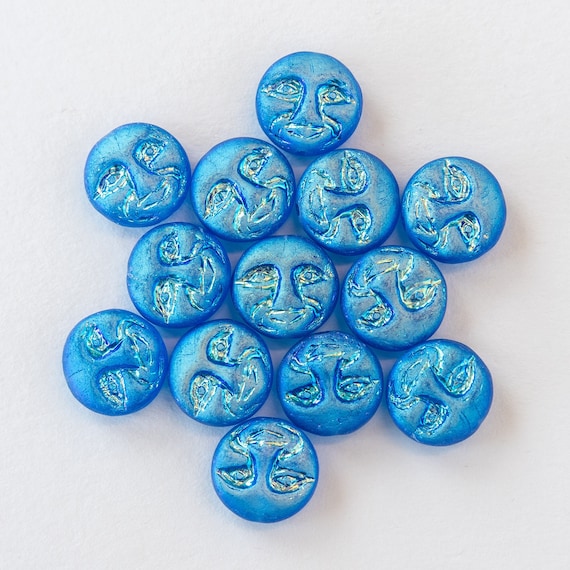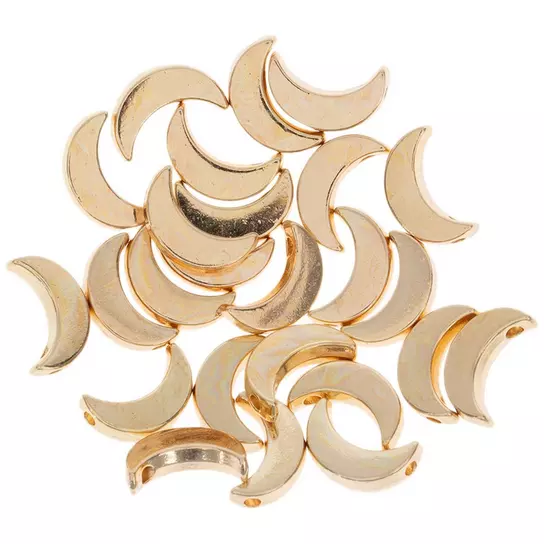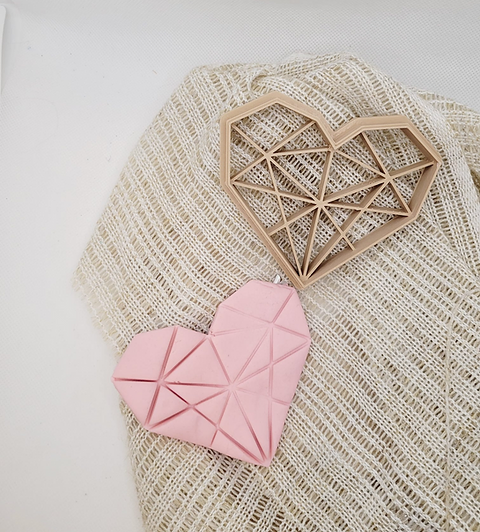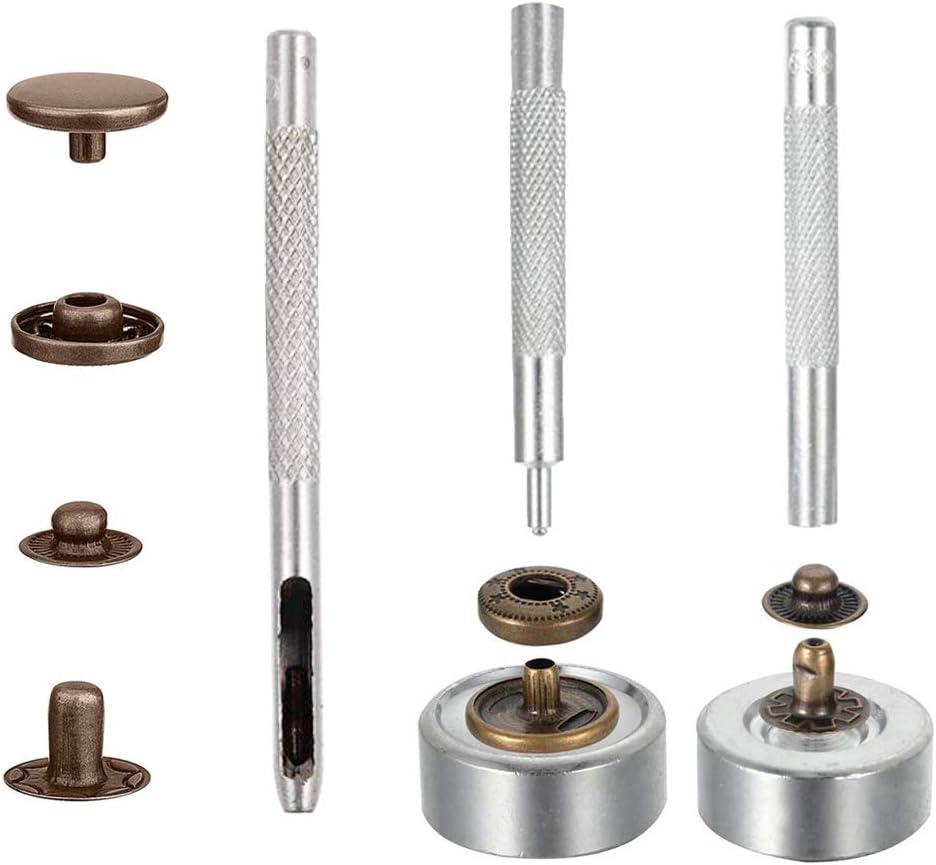
Moon Beads Opalescent White Czech African New – Africa Direct
quot;Trade Beads" refer to beads primarily produced in Venice, Bohemia, and other European countries from the late 1400s to the early 1900s, traded in Africa and the Americas. The peak of this trade occurred from the mid-1800s to the early 1900s, with the Venetians dominating production. J.F. Sick and Co. and Moses Lewin L
Trade Beads refer to beads primarily produced in Venice, Bohemia, and other European countries from the late 1400s to the early 1900s, traded in Africa and the Americas. The peak of this trade occurred from the mid-1800s to the early 1900s, with the Venetians dominating production. J.F. Sick and Co. and Moses Lewin Levin played significant roles as bead brokers/importers. The beads gained renewed popularity in the late 1960s when exported from Africa to the U.S. and Europe. The term Trade Beads became widely used, and they were also known as Love Beads during the Hippie era. As demand grew, specific names like Russian Blues and Dutch Donuts emerged, contributing to the beads' collectability. Today, these beads are highly sought after, with some styles becoming rarer as African traders venture deeper into the continent to find them.
This strand is not intended to be a ready-to-wear necklace. Although the strand can be worn as is, the string holding it together is not durable and may break with use. For this reason, we recommend that you restring the beads before wearing them.
Trade Beads refer to beads primarily produced in Venice, Bohemia, and other European countries from the late 1400s to the early 1900s, traded in Africa and the Americas. The peak of this trade occurred from the mid-1800s to the early 1900s, with the Venetians dominating production. J.F. Sick and Co. and Moses Lewin Levin played significant roles as bead brokers/importers. The beads gained renewed popularity in the late 1960s when exported from Africa to the U.S. and Europe. The term Trade Beads became widely used, and they were also known as Love Beads during the Hippie era. As demand grew, specific names like Russian Blues and Dutch Donuts emerged, contributing to the beads' collectability. Today, these beads are highly sought after, with some styles becoming rarer as African traders venture deeper into the continent to find them. This strand is not intended to be a ready-to-wear necklace. Although the strand can be worn as is, the string holding it together is not durable and may break with use. For this reason, we recommend that you restring the beads before wearing them.

White African Seed Beads - 23 to 27 – Bead Goes On
The origin and period of these rare opalescent beads are uncertain. They have been attributed to Venice, Bohemia, Germany and the Netherlands, where

Opalescent Moon Beads Czech
PICTURE IS AN EXAMPLE. YOURS WILL BE VERY SIMILAR., This strand is not intended to be a ready-to-wear necklace. Although the strand can be worn as

Opalescent Beads Oblong White Moon Czech

Moon Beads Opalescent White Czech African New – Africa Direct

European Beads – Africa Direct
Picture is an example, yours will be similar.This strand is not intended to be a ready-to-wear necklace. Although the strand can be worn as is, the

Moon Beads Opalescent White Czech African New

Opalescent Beads Oblong White Moon Czech – Africa Direct
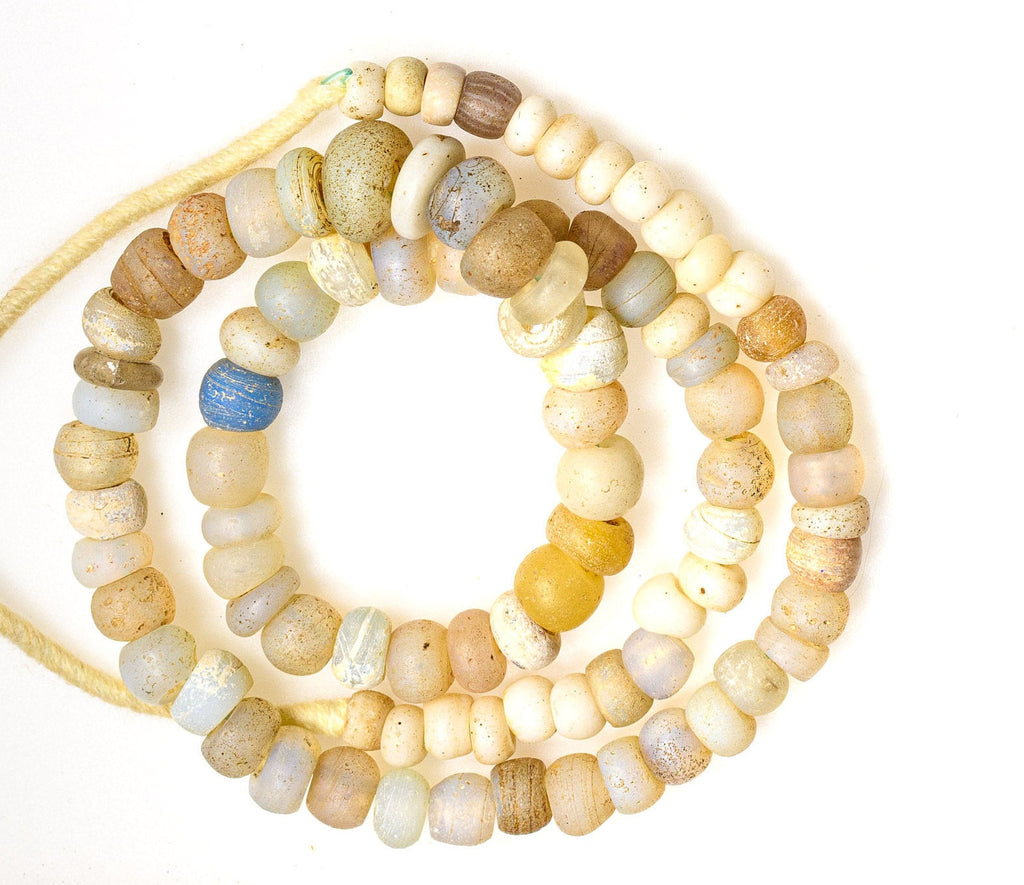
A Long Strand of Antique Dutch Opalescent Moon Beads from Ethiopia. African Trade Glass Beads – Venerable Bead Company
Picture is an example, yours will be similar.This strand is not intended to be a ready-to-wear necklace. Although the strand can be worn as is, the

Moon Beads Opalescent White Czech African New
Trade Beads refer to beads primarily produced in Venice, Bohemia, and other European countries from the late 1400s to the early 1900s, traded in

Opalescent Moon Trade Beads Czech
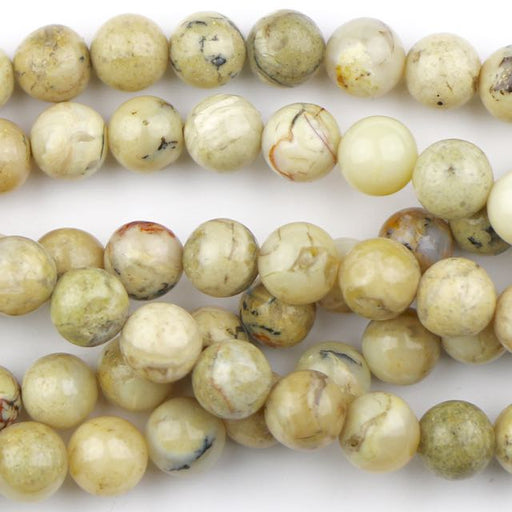
white african opal — That Bead Lady

Opalescent Moon Trade Beads Czech – Africa Direct

Sale Beads – Africa Direct



